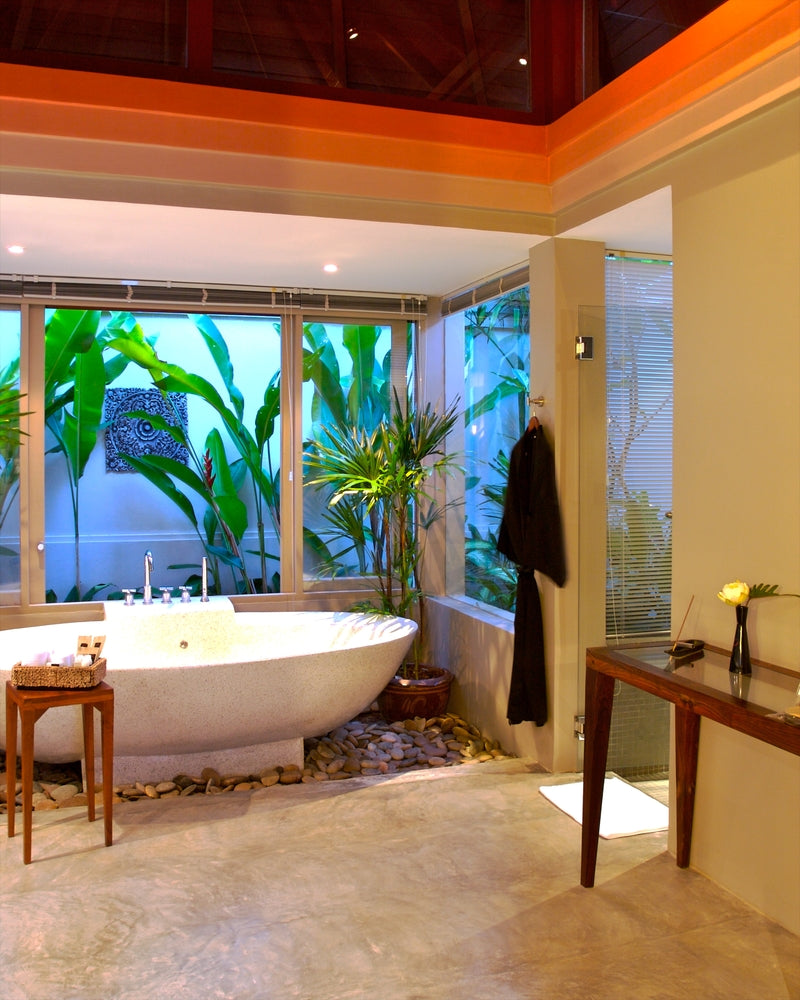
History of LEDs
Henry J. Round (b. 1881 in England) was an early pioneer of radio and received 117 patents. He was a personal assistant to Marconi, the famous radio pioneer. In experiments with cat’s whisker detectors using a variety of substances, Round passed current through them and saw that some actually gave off light - the first time a light-emitting diode had been seen. Round reported his findings in the February 9, 1907 edition of Electrical World. This was the first known report of the light-emitting diode effect.
It wasn’t till 1962 that progress in semiconductors had reached a point where Round’s finding could be implemented to produce solid-state light. Thus the ubiquitous LED (pronounced L-E-D) was born. In 1972 Hewlett Packard thrust the HP-35 hand-held electronic calculator onto the world stage show-casing red-colored segmented LED display technology. By 1976 over 100 million LED-display calculators were in general use.
Progress in LED lighting has been continuing at a rapid pace over the last 40 years. Red LEDs were used as indicator (on/off) lights. Then Green and Yellow LEDs were developed and later Blue ones appeared. LEDs found their way into traffic signals and vehicle tail lights. Once Red, Green and Blue (RGB) LEDs could be made it was possible to combine them to produce White light. As laboratories gradually increased White LED light intensity or brightness, it was possible to use White LEDs in commercial and residential applications.
Today LED lighting technology has a plethora of inherent advantages over earlier lighting technologies such as incandescent and fluorescent and CFL (Compact Fluorescent Lights).
LEDs have:
- No fragile filaments to break or burn out
- No glass to shatter
- No energy consuming ballasts or starters
- No burn out failures
- No toxic substances like Mercury
- No harmful Ultraviolet light
- No stroboscopic effect or flickering
LED advantages:
- Environmentally friendly
- Fully recyclable
- Clean, safe technology
- Very long life time
- Extremely low energy consumption
- Cheapest operating and maintenance cost
- Lowers air conditioning costs by generating less heat
The exact color of incandescent and florescent lighting is constrained to a narrow band, whereas LEDs can be manufactured with virtually and desired color. Perhaps the greatest thing about LEDs in today’s energy conscious world is their miserly use of energy. Plummeting LED sticker prices are a result of proliferating manufacturing plants using the principle of economy of scale.
Roughly speaking:
- LEDs use ½ of the electricity as fluorescent lights
- LEDs use 1/8 of the electricity as incandescent lights
- LEDs last 5 to 10 times longer than fluorescent lights
- LEDs last 50 to 100 times longer than incandescent lights
By consuming way less electricity and lasting much longer, today’s, LEDs pay for themselves many times over. LEDs are the lighting technology of choice.
